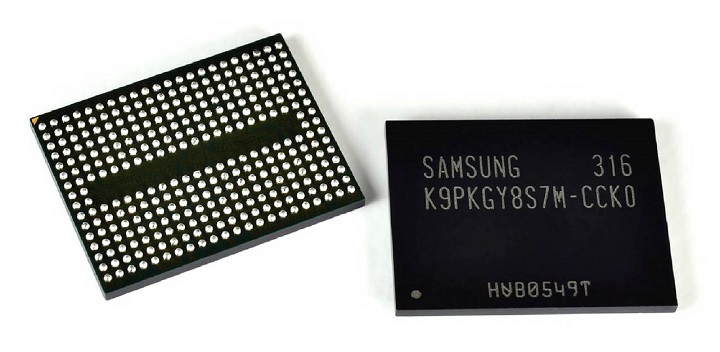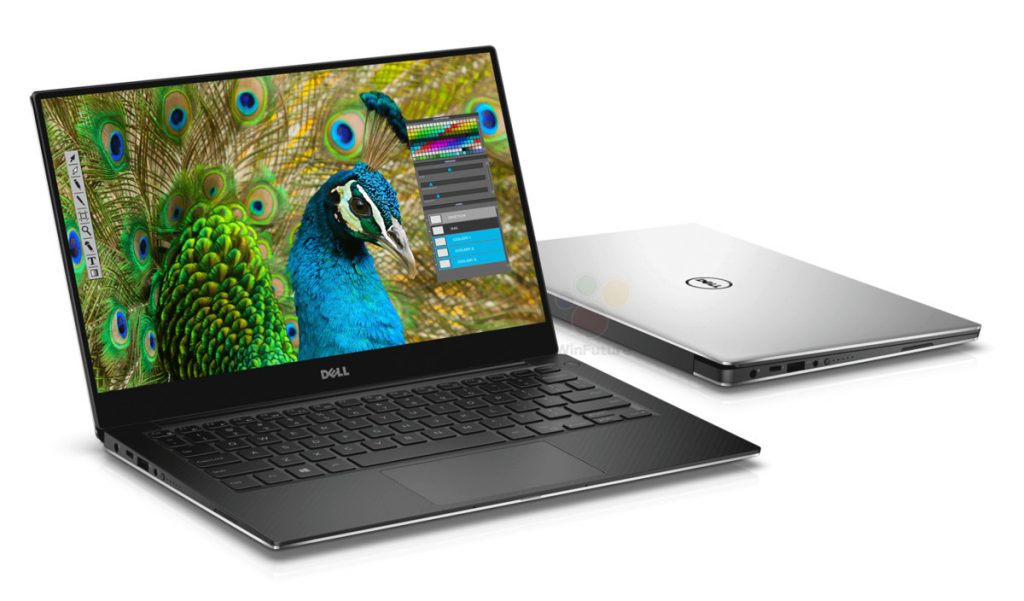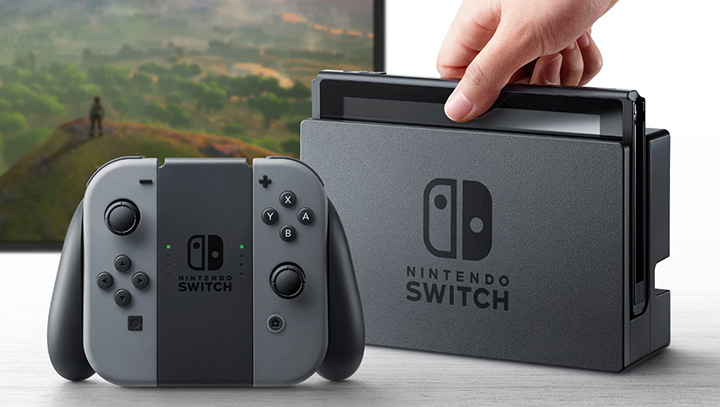The Great Demand For NAND: What The NAND Shortage Means to Us
NAND flash memory is an important part of any modern electronic gadget. Introduced in 1989 by Toshiba it is a non-volatile storage that does not require power to retain data. They’re everywhere: in game consoles, in smartphones, and in laptops. But around 2016 a shortage of NAND has come into effect.
What Happened?
Basically every year electronic manufacturers have to produce new products to sell to the market. When a new product gets into production the company buys materials and components needed to produce these electronic products. According to Moore’s Law, every two years the number of transistors per square inch doubles, allowing for more storage density in devices. That’s how we grew out of 1GB microSD cards to 1TB microSD cards now sold commercially on the market. As demands for more storage increase, so will the demand for better products. Then around 2016 3D NAND flash memory became a thing. It means 3 times more capacity and reliability than the 2D NAND.
So how did this lead to a shortage? Well first, NAND manufacturers had to retool their factories to produce 3D NAND which is supposed to be the next norm when it comes to flash memory. That means they have to stop producing NANDs for a while so they can re-spec their equipment to produce 3D NAND which contributes to a shortage of available supply.
But this isn’t the only contributing factor. Electronic companies such as Apple, that buy lots of electronic components for their products also contribute to the shortage by consuming available stock, while the component manufacturers are busy changing their factories. Moore’s Law applies to their products too and demand for more storage means Apple needs to increase the storage on their new products. This pushes the demand for more NAND.
Finally, the market for solid-state drives (SSDs) is growing. More are being deployed into new notebooks and laptops and even for desktop PCs. This growth for demand, growth in consumption of current supply, while less manufacturing is what created the shortage.
What it Means
This means a lot of things, but the two biggest impact of this is the rise of products that use NANDs and the limiting of said products as manufacturers scramble to obtain and use the remaining supply.
A good example is a report from last March about how the NAND shortage has resulted into higher SSD prices and fewer shipments. The price reached over more than 10 percent for mainstream SSDs and is causing reduced sales. It also reports that it’s also limiting the manufacturers from offering larger capacity SSDs in their new laptops.
Another report last May shows gaming giant Nintendo blaming Apple for possible limited supply of the company’s new console as Apple is buying most of the same components needed to produce their products. Components include LCDs, tiny motors, and of course, NANDs. The report says that Toshiba has declared that the demand for NAND chips is greater than the supply because of Apple and other smartphone manufacturers that need those chips for their own products.
The Eetimes reported that the price has grown up to 25 percent this month. Alan Chen, a DRAMeXchange senior research manager stated that the contract prices of NAND flash chips are expected to keep going up because the production capacity for 2D NAND has fallen as manufacturers migrate to 3D NAND and the market hasn’t regained its balance. Techtarget.com reports that the shortage could last all though 2017. Jim Handy, Objective Analysis general director said that it might even extend through 2018 and that also there’s currently no clear idea of when the shortage would be solved.
“What typically happens in the industry is that one company solves the last problem, and then everybody else learns about the solution through their tool providers,” Handy added.


